If this is true: -
DMX is likely 250kbit/s (courtesy of @rdtsc)
Then the op-amp is wholly unsuited for that data rate: -

250 kbits per second requires a bandwidth of 250 kHz in order to get any reasonable clarity for the bit edges and, given that the op-amp proposed has a unity gain bandwidth of 14 kHz, it is highly unlikely to be suitable.
Additionally, if the data rate is 250 kbits per second then the RC feedback network is also a showstopper as it has a 3 dB frequency of 1600 Hz.
However, if it comes to pass that the data rate is below 1.6 kbits per second then both op-amp and feedback network should be OK.

